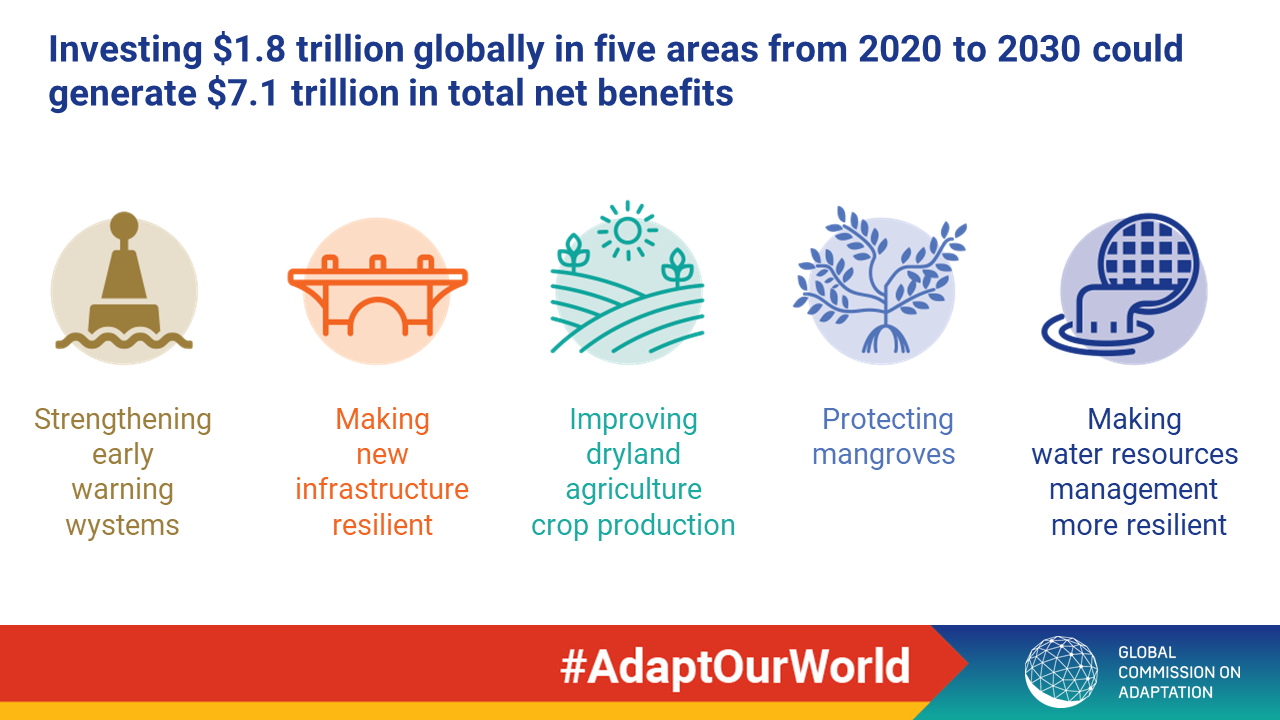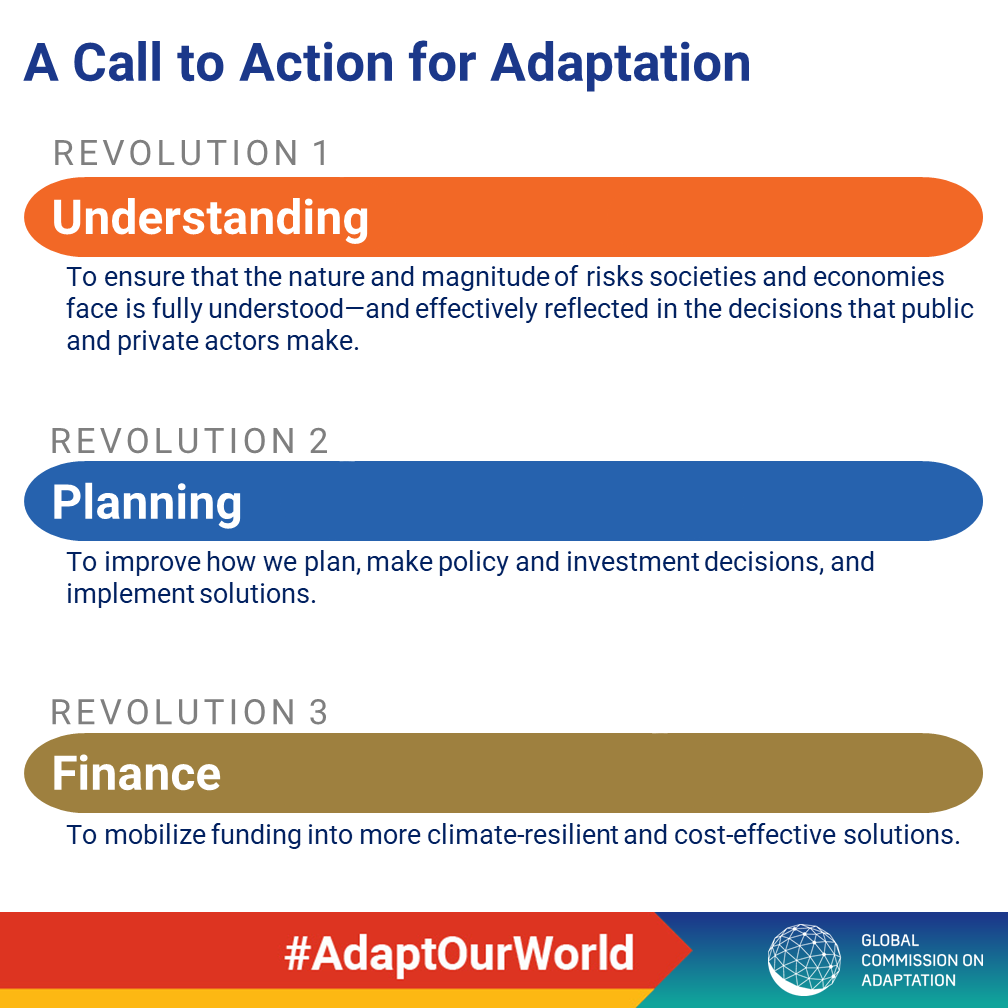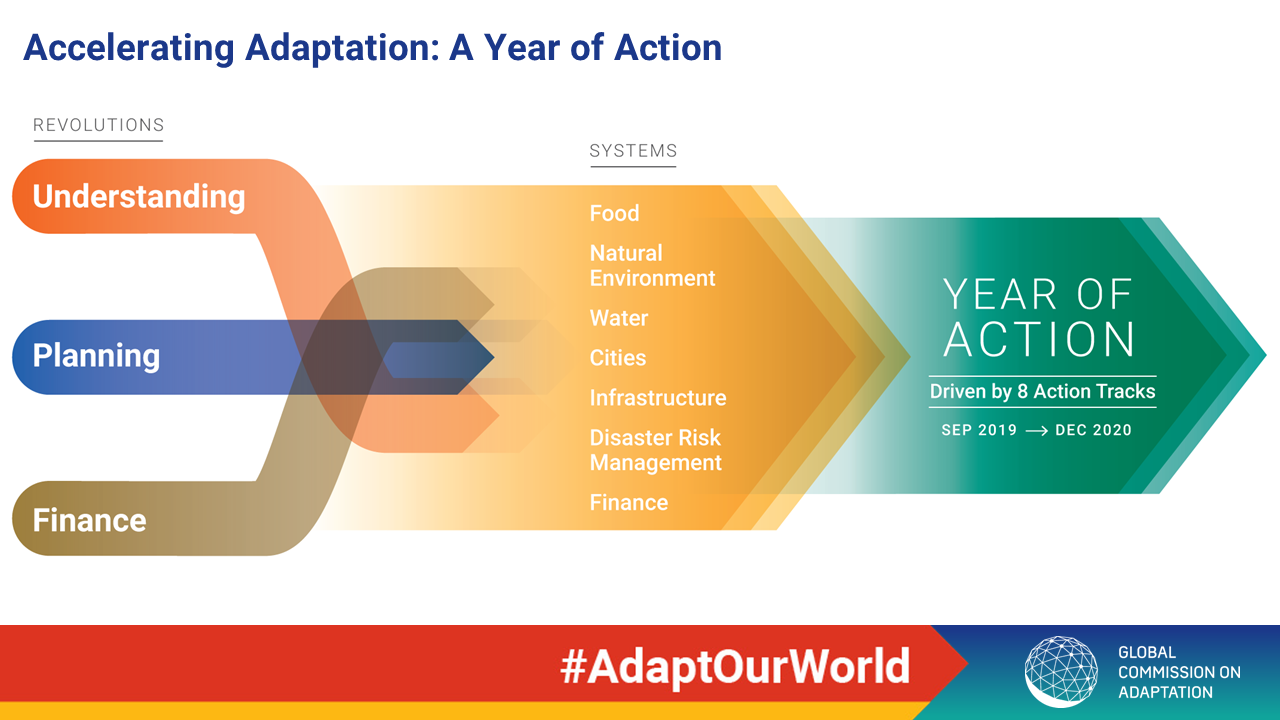3 key adaptation challenges for world leaders at the UN Climate Action Summit
As world leaders gather in New York for the most highly anticipated political event of the year – the UN Climate Action Summit – here are some key challenges that should be top of the agenda.
T
he importance of the UN’s Climate Action Summit cannot be overstated. Put simply, it is an opportunity for world leaders to set the world on a course to tackle what is the defining challenge of our time.
As I said recently in this article to mark the launch of the Global Commission on Adaptation’s flagship report, climate change is one of the greatest threats facing humanity, with far-reaching and devastating impacts on people, the environment and the economy. It affects all regions of the world and cuts across all sectors of society. Failure to adapt to this new reality is not an option.

UN Secretary-General António Guterres has called this meeting in New York so countries can share their concrete plans to cut emissions and boost resilience to climate impacts that are already unfolding.
“Don’t come with a speech, come with a plan,” he has repeatedly said.
Pledges to cut emissions and other efforts to stop climate change are of course critical, but as our report states, climate change is upon us and we must invest in a massive effort to adapt to conditions that are now inevitable, including higher temperatures, rising seas, fiercer storms and more acidic oceans. I hope, therefore, that boosting adaptation and climate efforts are also high on the agenda.
So, as world leaders gather in New York for next week’s summit, here are three key challenges I think should feature prominently in their discussions, and the choices they make about our future.
1. We need a Revolution in Understanding to ensure that the risks societies and economies face are fully understood – and reflected in the decisions that public and private actors make.
A key element is the need to make risk visible, requiring more precise characterization of who and what is at risk – and why. As part of making risk visible, the public and private sectors can work together to more explicitly price risk in both economic and financial decision-making.
Equally important is to understand what works and what options to prioritize by supporting experiential learning, stimulating innovations in science and technology, sharing solutions, and piloting new business models and financial services. It is important to consider all forms of knowledge, recognizing that valuable local knowledge rests with communities and indigenous populations.

2. We also need a Revolution in Planning to improve how we make policy and investment decisions and how we implement solutions. The climate challenge is both urgent and pervasive across virtually all economic sectors. Mainstreaming in the public sector begins with upstream macroeconomic analysis and extends through risk screening, environmental and social impact assessments, budgeting, permitting, and project design.
Since many climate impacts are local, devolving planning and even financial responsibility to those most affected is critical. In the private sector, companies worldwide are starting to improve planning to protect their operations and assets from climate risks, but current levels of physical risk disclosure remain low.
Both the public and private sectors need to learn to better incorporate high levels of uncertainty in their decision-making, as choices will need to be made soon between radically different options, long before we know if the world will actually be on a 1.5°C or 4°C pathway.

3. Lastly, we also need to see a Revolution in Finance to mobilize the funds and resources necessary to accelerate adaptation. Even though the imperative for action is clear, money is not flowing at the pace or scale needed. The public sector, first, is an essential provider of finance to protect people and livelihoods across communities and sectors; and second, is an enabler of increased private sector finance through disclosure requirements, metrics, and incentives, like buying down the risk of providing financial services to small-holder producers.
The private sector will increase investments on its own account, but it should also increasingly complement the public sector in sharing the costs and benefits of adaptation investments, such as for infrastructure, contingency finance, and insurance. Finally, there is a critical need for higher levels of international financial support for adaptation in developing countries.
Fully implemented, these three revolutions will protect lives, livelihoods, homes, and jobs in the face of climate change.
The ideas presented in this article aim to inspire adaptation action – they are the views of the author and do not necessarily reflect those of the Global Center on Adaptation.